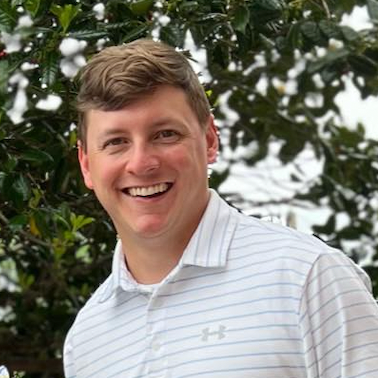About This Project
Some scientists hypothesize that humans ingest as much as 5 grams (the size of a credit card) of [micro]plastic each week. Microplastics (MPs) are small pieces of plastics that are contaminating water bodies across the world. These MPs then enter our water sources and food items and become ingested and are harmful to human health and the environment. Our project seeks to determine the extent of microplastic contamination in rural streams.
Ask the Scientists
Join The DiscussionWhat is the context of this research?
As an environmental engineer focussing on emerging contaminants, I am interested in continuing to work on microplastics (MPs). One theory is that MPs may be spread by precipitation. (Brahney, 2020) As noted earlier, MPs are prevalent throughout our environment in a variety of water bodies.
Each year environmental professionals review stream data to make decisions on streams (i.e. fish consumption advisories, waste load allocations, clean-up strategies, etc. ), however traditionally streams nearby to industrial and/or urban areas are prioritized. The data collected by our project will assist toxicologists, engineers, and regulators as they seek to better control the impact of MPs in our world.
What is the significance of this project?
Understanding how contaminants are transported through the environment is paramount in understanding how they impact the environment, as well as human health. The long-term impacts on human health are still being studied, but multiple studies report harmful impacts. Some of these MPs carry chemicals and harmful pollutants that are then ingested into our bodies via inhalation or ingestion.
What are the goals of the project?
We plan to sample headwater streams to determine if they are impacted by MPs even though they seem to be out of reach of human impacts.
The goals of our project are to sample 2-4 streams or unimpacted water bodies (depending on funding) in the Bankhead National Forrest. We will take approximately 6-12 discrete samples (jar samples) while paddling and several trawl net samples at 2-4 predetermined locations.
Following fieldwork, samples will be processed and analyzed and the results will be compared to other MP datasets from waterbodies with known human impacts. This will allow us to further understand if secondary MPs are indeed spread via precipitation.
Budget
These items are integral to the success of the project. Field equipment includes two inflatable rafts and supporting equipment that will be used to get the team to the sample locations. The sampling and analysis equipment includes glass jars, trawl nets, and a microscope that will be used to gather, store, transport, and analyze the 12-24 samples that our project seeks to collect.
Travel and logistics will assist in offsetting the cost incurred by the team traveling to and from the sample locations. Project deliverables funds will be used to for data analysis, report generation, and the production of several short videos.
Endorsed by
 Project Timeline
Project Timeline
Our project is expected to take less than a year to complete as soon as fieldwork is initiated. Fieldwork will take 3-4 months to complete. Following the completion of the fieldwork portion 1-2 months of data analysis and then lastly 1-2 months of deliverable preparation (potentially including reports, community presentations, and videos).
Jan 31, 2023
Project Launched
Apr 19, 2023
Complete equipment acquisition
May 05, 2023
Complete Sampling Event 1
May 19, 2023
Complete Sample Analysis from Event 1
Jun 16, 2023
Complete Sampling Event 2
Meet the Team
Team Bio
Kevin Littleton grew up spending time in the outdoors throughout the Southeast. Since college he has acted as a sales manager for various companies and will use his experience in logistics to help develop our sampling program, handle our project budget,and interact with 3rd party vendors.
Michael Patterson is a NOLS graduate and EMT and grew up on Lake Martin in Central Alabama.Michael's experience at NOLS and as a firefighter will be integral to the success of our project.
Daniel Arthur
I have worked in the Environmental Engineering field for over 10 years with experience in field sampling, lab research, as well as project management. During this time have designed and led multiple research projects. As a researcher at Auburn University, I designed and performed novel research projects and published the findings in a peer-reviewed journal. During my time with the EPA, I managed a field research project to determine the impacts coal mining has on nearby streams. Currently, with ADEM, I manage and oversee multiple projects as well as determine project scopes and budgets. Furthermore, I serve as an expert for ADEM for emerging contaminants and sit on several national workgroups.
Project Backers
- 3Backers
- 1%Funded
- $23Total Donations
- $7.67Average Donation

